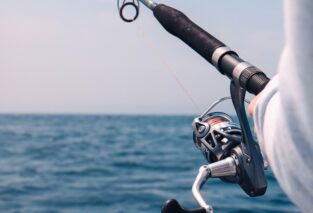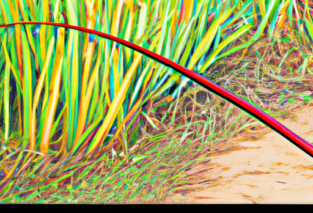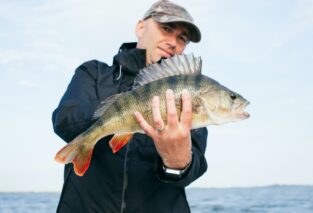Imagine the crisp autumn air, the sound of leaves crunching beneath your feet, and the thrill of casting your line into the calm waters. “Can You Go Fishing in September: Fall Fishing Tips and Techniques” is here to help you make the most of your fishing adventures during this vibrant season. Packed with valuable tips and techniques, this article will guide you through the wonders of fall fishing, ensuring that you have a successful and enjoyable experience on the water. So grab your fishing gear, embrace the beauty of September, and get ready to reel in some unforgettable memories.

Preparation for Fall Fishing
Fall is a fantastic season for fishing, and with the right preparation, you can make the most of this abundant time. Before you start planning your fishing trip, it’s important to check the local fishing regulations. These regulations can vary from one area to another, and it’s crucial to adhere to them to protect the fish populations and preserve the environment. Take the time to familiarize yourself with the rules and any specific restrictions in your chosen fishing location.
In addition to understanding the local regulations, it’s essential to choose the right fishing gear for your fall fishing adventure. The gear you select will depend on the type of fish you plan to target, the fishing technique you prefer, and the location you’ll be fishing in. Make sure to consider factors such as the weight capacity, durability, and sensitivity of your fishing rod. Don’t forget to invest in proper fishing reels, lines, and hooks that are suited for fall conditions. By choosing the right gear, you can enhance your chances of success and have an enjoyable fishing experience.
Stocking up on essential supplies is another crucial aspect of preparing for fall fishing. Make a checklist of the supplies you’ll need, including items such as extra fishing line, sinkers, bobbers, and a tackle box to keep everything organized. It’s also wise to bring along sunscreen, insect repellent, a first aid kit, and plenty of water and snacks to stay hydrated and energized throughout the day. Being prepared with the right supplies will ensure that you can fully focus on your fishing expedition and have a fantastic time on the water.
Finding the Best Fishing Spots in September
Understanding fish behavior in the fall is key to finding the best fishing spots in September. As the weather starts to cool down, fish tend to change their habits and locations. They may migrate or move to deeper waters, making it essential to identify the ideal water temperature and depth for your target species. Research the specific requirements of the fish you’re targeting and consult local fishing reports to gather information about water conditions and fish movements.
Exploring different types of fishing spots is also crucial for finding success in September. Fish can be found in a variety of places, such as deep holes, submerged structures, weed beds, and underwater ledges. Pay attention to the geographical features of the area you’re fishing in, as different types of fish may prefer different habitats. By understanding the preferences of your target species and exploring a variety of fishing spots, you can increase your chances of hooking a trophy fish.
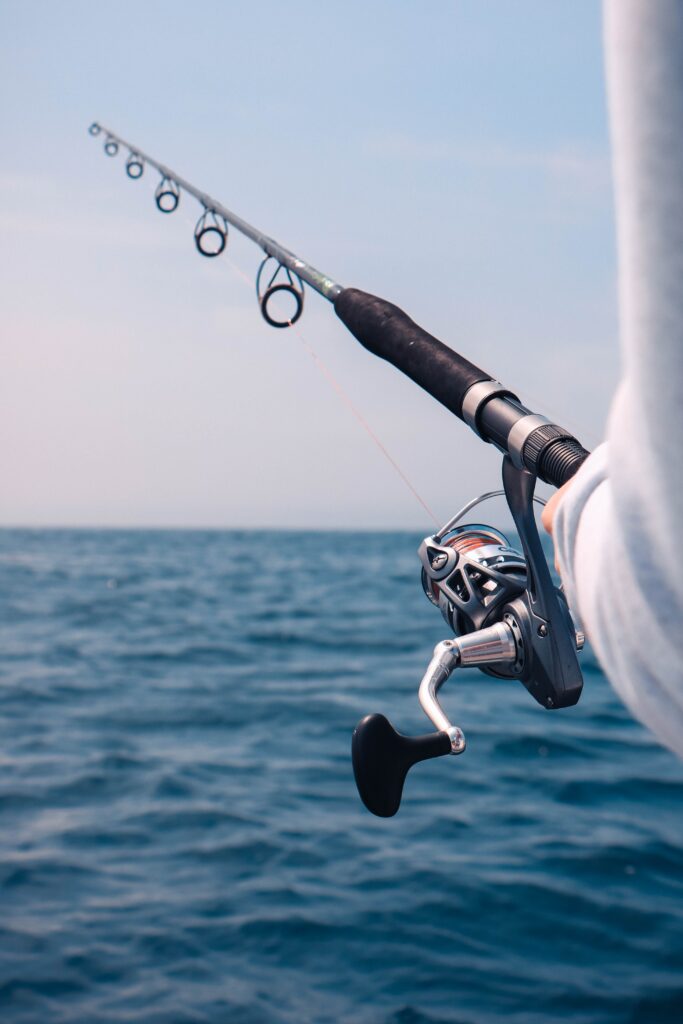
Selecting the Right Bait and Lures
Consideration of seasonal changes in fish diets is essential when selecting bait and lures for fall fishing. As the season transitions, the available food sources for fish may change, and they may become more selective about what they bite. Research the preferred prey of the fish you’re targeting and choose bait or lures that mimic those prey items. Pay attention to the size, color, and movement of the bait or lure to ensure it attracts the attention of your target fish.
The decision between using artificial lures versus live bait can often depend on personal preference and the fish you’re targeting. Artificial lures can be effective in mimicking the appearance and action of natural prey, and they offer durability and convenience. On the other hand, live bait can entice fish with its scent, movement, and taste. Experiment with both types of bait to see which works best for you and the fish species you’re after.
When it comes to fall fishing, some popular bait options include worms, minnows, leeches, and various types of insects such as grasshoppers or crickets. Each bait has its own advantages, so it’s a good idea to have a variety of options available. Don’t hesitate to ask local bait shops for suggestions or to gather information from experienced anglers in the area. Their expertise can provide valuable insights into the most effective bait choices for fall fishing.
Mastering Fall Fishing Techniques
To become proficient in fall fishing, it’s important to master various techniques that can help you effectively catch fish. Casting and retrieving techniques are fundamental skills that every angler should develop. Practice accurate casting, ensuring your bait or lure reaches the desired location. Experiment with different retrieval speeds and patterns to entice fish to strike. Remember to maintain the appropriate tension on the fishing line to feel even the slightest nibble.
Trolling is another technique that can lead to fall fishing success. This method involves slowly moving your boat through the water while dragging bait or lures behind it. Trolling allows you to cover a larger area and can be particularly effective for targeting fish species that are on the move or feeding near the surface. Adjust the speed of your trolling based on the activity level of the fish and the depth you’re targeting.
Bottom fishing is a strategy that involves dropping your bait or lure to the bottom of the water column, where many species can be found during the fall. This technique is especially effective when fishing in deeper areas or near structures where fish seek refuge. Use sinkers or weights to keep your bait close to the bottom and adjust your fishing line length to reach the desired depth. Pay attention to subtle movements or indications that a fish has taken the bait.
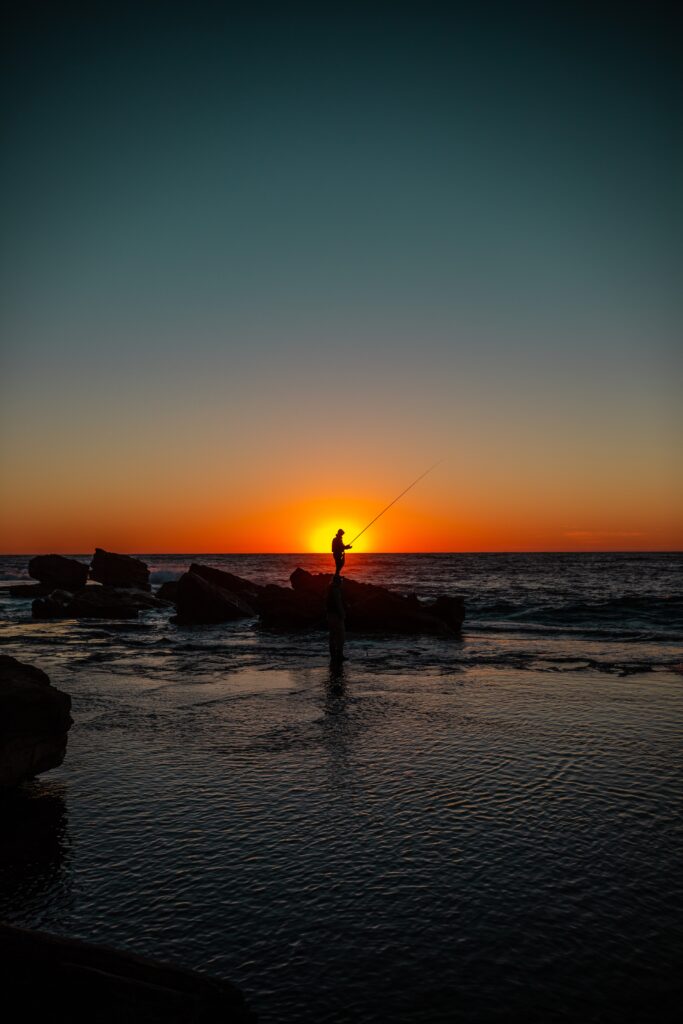
Adapting to Changing Weather Conditions
Understanding how weather affects fishing is crucial for adapting your tactics and maximizing your chances of success. In the fall, weather patterns can be unpredictable, and being prepared for changing conditions is vital. Windy conditions can pose a challenge, as they can create ripples on the water’s surface and disrupt the behavior of fish. To adapt to windy conditions, consider adjusting your casting technique, using heavier lures, or seeking sheltered areas where the wind is less severe.
Rain and cloud cover can also impact fish behavior and their willingness to bite. Some fish species become more active during rainy weather, as the raindrops can create a feeding frenzy by dislodging insects or other food sources. Take advantage of these conditions by using bait or lures that imitate natural prey that fish are likely to encounter. Cloud cover can make fish feel more secure and encourage them to venture into shallower areas, so consider fishing in these spots when skies are overcast.
Tips for Catching Specific Fish Species in September
Targeting trout in September can be an exciting and rewarding experience. As water temperatures cool down, trout become more active and move closer to the surface. Look for trout in areas with good oxygenation, such as fast-moving streams or near the mouths of tributaries. Use bait or lures that resemble the natural food sources of trout, such as small insects, worms, or minnows. Stealth is key when targeting trout, as they can be easily spooked in clear water. Approach fishing spots quietly and cast upstream to prevent your presence from alerting the fish.
Fall is also an excellent time for bass fishing. As the water cools, bass become more active and feed aggressively. Look for them near structures such as rocks, fallen trees, or weed beds. Use bait or lures that mimic the preferred prey of bass, such as crayfish, frogs, or small fish. Be patient and experiment with different retrieval techniques to entice bass to strike. Don’t be afraid to try topwater lures, as the cooler temperatures can make bass more likely to hit lures on the water’s surface.
If you have access to rivers with salmon runs, September is an ideal time to chase these powerful fish. Research the specific types of salmon that run in your area and learn their migration patterns. Focus on fishing in areas with deep pools or riffles, as salmon will often congregate in these spots. Use bait or lures that resemble the food sources of salmon, such as eggs or small fish. Keep in mind that many rivers have specific regulations or catch-and-release requirements for salmon, so be sure to familiarize yourself with the rules before attempting to catch them.
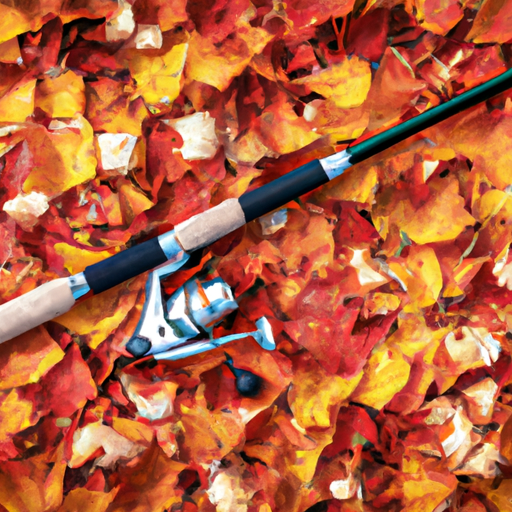
Exploring Night Fishing Opportunities
For an exciting twist on your fishing adventures, consider exploring night fishing opportunities in the fall. Fishing in low light conditions can be incredibly productive, as many fish species are more active after the sun sets. At night, fish often venture closer to the shallows in search of food, making them more accessible to anglers.
To optimize your night fishing experience, use specialized night fishing gear. This includes using lighted bobbers or glow sticks to help track your line and detect bites. A headlamp or flashlight with a red filter can be useful for maintaining visibility without scattering fish. Additionally, consider using lures or bait with luminous properties to attract fish in the dark.
While night fishing can be exhilarating, it’s crucial to prioritize safety. Always let someone know your fishing plans, especially if you’re going alone. Be mindful of your surroundings and watch your footing to avoid any potential accidents. It’s also essential to ensure you have sufficient lighting and navigation aids to safely navigate the water. By taking these precautions, you can enjoy the unique experience of night fishing while staying safe.
Fishing Etiquette and Conservation Practices
Respecting fishing regulations and limits is vital for the sustainability of fish populations and the preservation of our natural resources. Before you head out on your fall fishing expedition, familiarize yourself with the specific regulations for the area you’ll be fishing in. Adhere to catch limits, size restrictions, and any special rules to ensure you are fishing responsibly.
Practicing catch and release is an important part of fishing etiquette. When catching fish that you don’t plan to keep, handle them with care to minimize stress and potential injuries. Use proper equipment, such as landing nets or wet hands, to avoid damaging their delicate scales or fins. Release the fish gently and support it in the water until it is ready to swim away. By practicing catch and release, you contribute to the conservation of fish populations and help maintain healthy ecosystems.
Keeping the environment clean is another crucial aspect of responsible fishing. Dispose of any trash or debris properly, whether it’s your own or any you may encounter during your fishing trip. Take the initiative to pick up litter left by others, as this helps to ensure that our natural spaces remain pristine for future generations of anglers to enjoy. By being mindful of our impact on the environment, we can collectively work towards preserving our valuable fishing resources.

Preparing Your Catch
Once you’ve successfully caught your fish, proper fish handling techniques are essential to maintain the quality of your catch. Handle the fish carefully to avoid damaging their scales, fins, or internal organs. Wet your hands before handling the fish to prevent the removal of its protective slime coat, which helps prevent infections. If you plan to release the fish, minimize the time it is out of the water and handle it as little as possible.
If you intend to keep your catch, cleaning and filleting the fish properly is the next step. Start by removing the scales with a scaler or the backside of a knife, working from the tail to the head. Make an incision at the belly of the fish and remove the innards, being careful not to puncture the organs. Rinse the fish thoroughly with clean water and remove any remaining blood or impurities. Depending on the size of the fish and personal preference, you can fillet it or leave it whole for cooking.
Cooking and enjoying your fresh catch is a rewarding part of the fishing experience. There are countless delicious recipes available for various fish species, allowing you to explore different flavors and cooking methods. Grilling, baking, or pan-frying fish are popular options that can bring out the natural flavors of the fish while adding a touch of seasoning or marinade. Experiment with different recipes and cooking techniques to find your favorite way to prepare and savor your fresh catch.
Fall Fishing Safety Tips
Safety should always be a top priority during any fishing excursion, and fall fishing is no different. Wearing appropriate safety gear is crucial to protect yourself from potential hazards. Always wear a life jacket while boating or fishing near water, especially if you’re fishing alone or in rough conditions. Invest in high-quality waders if you plan to fish in rivers or streams with colder water temperatures. These waders not only keep you warm but also provide an additional safety measure to prevent accidental drowning.
Be mindful of slippery conditions when fall weather brings rain or frost. Wet rocks or leaves can become incredibly slick, posing a risk for slips and falls. Use caution when walking near the water’s edge or when navigating uneven terrain. Consider wearing non-slip footwear or attaching cleats to your boots for added traction.
Keep an eye on changing tide conditions if you’re fishing in coastal areas. Tides can rise rapidly, and it’s important to be aware of the potential for the water level to change during your fishing trip. Plan your fishing activities accordingly and always have a means of communication or a way to call for help in case of emergencies.
By following these fall fishing safety tips, you can enjoy your fishing adventure with peace of mind, knowing that you have taken the necessary precautions to protect yourself and others.
Fall fishing offers a wealth of opportunities for anglers, with the changing season bringing new challenges and rewards. By preparing adequately, selecting the right gear and bait, mastering fishing techniques, and adapting to changing weather conditions, you can maximize your chances of success. Remember to fish responsibly, practice catch and release, and protect the environment for future generations of anglers. Enjoy the beauty of fall and the thrill of fishing as you create unforgettable memories on the water.



